Research - (2021) Volume 9, Issue 4
Impact of Online Lectures on Medical Students During COVID-19 Pandemic
Atul Dwivedi5, Xiaoming Qiu1, Shweta Shukla Dwivedi2*, Muhammad Raheel Tariq3, Sarbesh Kumar Jha4 and Deepak Sigdel5
*Correspondence: Shweta Shukla Dwivedi, Department of Dental Surgery, Consultant Dental Surgeon, India, Email:
Abstract
Introduction: In recent days, trend of taking online lectures is booming in medical education all around the globe. Online lectures show its greatest importance during COVID-19 outbreak and lockdown period, where it is the only possible way to teach the international students from home. However, there are several issues including lack of support from management, ignorance & resistance of other faculty members, changes in syllabus of medical education putting extra pressure on overloaded teaching faculty, low level of satisfaction in students, poor internet connection, poor software qualities, poor language skills in students,lack of communication between teacher and students .
Material and method: We ran an online survey, under which we send the set of Questions (given in the Table 1) to 54 volunteer Fourth Year Medical students, who were taking online lectures during COVID-19 Pandemic.
Results: In our online survey we found that 92 % students agree with idea of saving energy and time through online lectures. 46 % students face poor internet problems, 20 % students face problems to understand online lectures because of their poor language skills,22% students reported lack of concentration during online classes, 38% students reported technical issues,42% students are satisfied, 42% partially satisfied, 10 % students not satisfied.
94% students believe that these online lectures are not enough to make students more confident and independent about medical knowledge. Additionally, 37% students (maximum number of students) reported that they like to take online lectures one zoom app.
Conclusion: Online teaching in medical colleges is still a new concept; however, with improved technology, it can be a fruitful deal for the coming generations. During COVID -19, these online lectures became a crucial candlelight in the dark era of lockdown worldwide. Last but not the least, online lectures are not the substitute of face-to-face classroom lectures. Contrarily, if we solve the connectivity issues, electronic device issues, software problems, language issues etc., then only online lectures can reach up to the level of face-to-face classroom lectures.
Keywords
COVID -19 pandemic, Online medical lectures, Face to Face Classroom System (FFCS)
Introduction
Several pedagogical approaches have been established in medical education including face to face classroom lectures via a teacher centered model [1]. Over the period, there has been a drift from traditional forms of classroom lectures to other modes like, E- learning, distance learning [2]. Even, now a days several universities are running online certificate courses, Associate degree, Master’s degree, Doctorate and Post Doc courses on their virtual campuses.
Online medical education is also known as internet based medical education. This type classes can be taken with the help of several online chatting and video-conferencing applications. As we are living in the era of COVID-19 pandemic, therefore online lectures are most integral part of medical education system. Specially for the foreign students, who are not able to take classroom lectures. Online lectures could provide never ending opportunity to foreign medical students. These online medical lectures are widely accepted in education system, where it is mostly integrated in to medical (Clinical And Basic Sciences) curricula in order to reform the medical education system.
However, satisfaction with this method of education is good within the students, but not yet suitable and widespread for most of medical streams [3].
The first issue is the lack of support from management for required infrastructure, licensing and development of required facilities and electronic gadgets, devices for implementing online lectures [4]. Second issue is the ignorance and resistance of other faculty members towards the acceptance of updated mode of medical education mingled and supplemented with e- learning [1,5]. Additionally, changes and development in medical education putting extra pressure on already stressed and overloaded faculty.
Material and Methods
We run an online survey, under which we send the set of Questions (given in the Table 1) to 54 volunteer Fourth Year Medical students, who were taking online lectures during COVID-19 Pandemic. The Questionnaire is mentioned in the Table 1.
| S.No | Questionnaire |
|---|---|
| 1 | Satisfaction regarding online medical lectures ? |
| Satisfied ( ) not satisfied ( ) Partially satisfied ( ) others if any specify ( ) | |
| 2 | Problems in understanding online medical lectures? |
| Poor internet connections ( ) poor language skills ( ) concentration related problems | |
| If Others, please specify ( ) | |
| 3 | Is there technical issues. yes ( ) No ( ) |
| 4 | Online medical lectures save your time and energy? Yes ( ) No ( ) |
| 5 | Online medical lectures could make students more confident and Independent about medical knowledge. Yes ( ) No ( ) |
| 6 | How can we improve the quality of online medical lectures? Reply in 3 lines |
Table 1: Shows questionnaires.
Results
Detailed results are presented in the form of Pie charts (Figures 1-6).
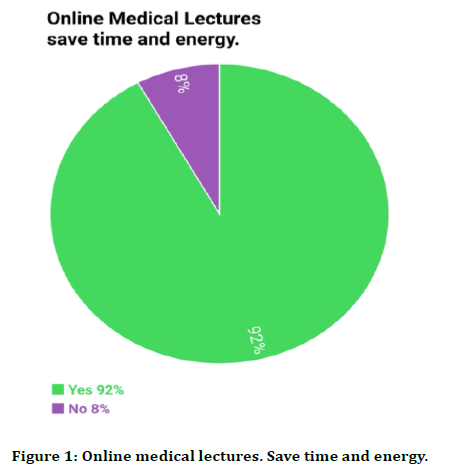
Figure 1. Online medical lectures. Save time and energy.
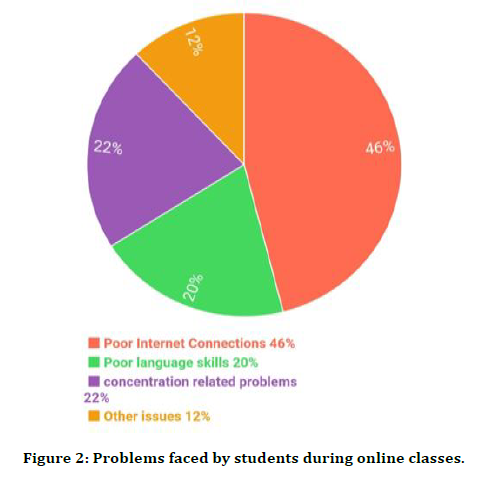
Figure 2. Problems faced by students during online classes.
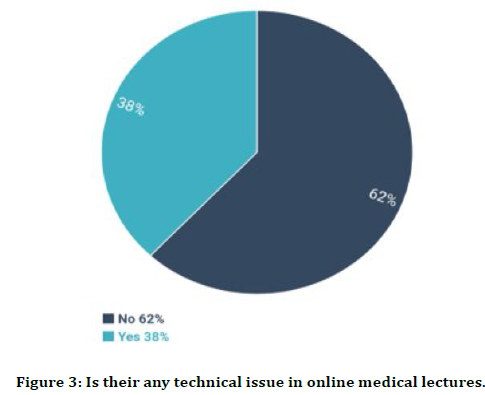
Figure 3. Is their any technical issue in online medical lectures.
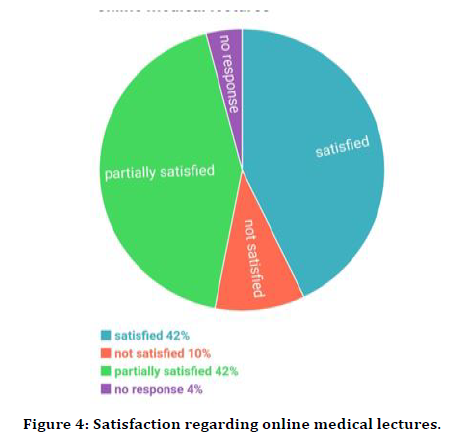
Figure 4. Satisfaction regarding online medical lectures.
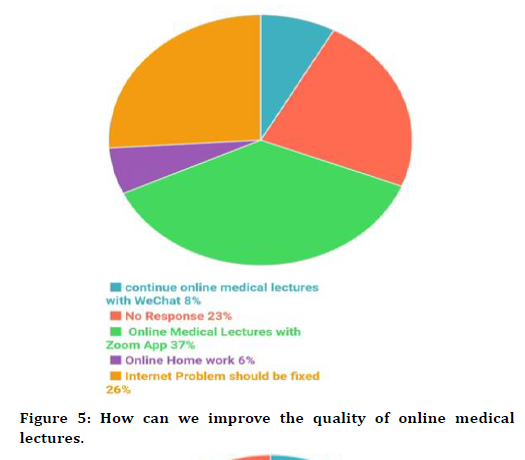
Figure 5. How can we improve the quality of online medical lectures.
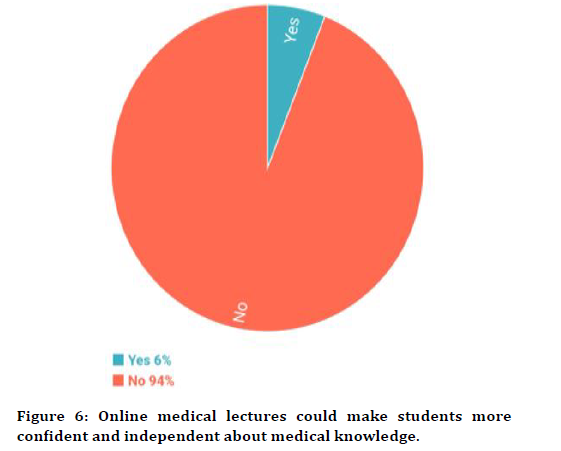
Figure 6. Online medical lectures could make students more confident and independent about medical knowledge.
Discussion
Petterson et al. study mention that time is also a barrier for implementing e-learning strategies [6-8]. Howlett et al defined [9]," Electronic (e) or online learning can be defined as the use of electronic technology and media to deliver, support and enhance both learning and teaching and involves communication between learners and teachers utilizing online content". Online learning can provide student with "easier and more effective access to a wider variety and greater quantity of information” [9,10].
Online learning refers to use of Internet technologies to deliver a broad range of options & solutions that enhance the performance and knowledge [11].
Benefits of E- learning are cost effectiveness, better access to information (irrespective of time and place) which enhance the scope of online learning- teaching and online learning also beneficial for assessment related issues and activities [12]
A wide variety of E- learning tools such as uploaded lectures, interactive online lectures, interactive e- books,online testing systems,PDF files, WORD files and lecture Power Points have been applied in teaching, and these tools performed well and delivered encouraging results [13,14].
Another study suggested that E- teaching increased students' satisfaction level towards learning [15]. Singh A, Min AK suggested that majority of students of gross anatomy revealed high level of satisfaction towards E - lectures and accepted efficacy of digital lectures [16].
Another study presented that E- teaching has limited scope for student - teacher interaction [17]. Additionally, online learning portals are mushrooming in higher education and this online education industry has also benefitted from the potential cost savings for numberless students [18].
The effectiveness of online classes depends on many factors. Some factors can act as obstacle for online learning,such as low quality study material, poor and ineffective design of power point slides, ineffective arrangement of multimedia materials, administrative problems, social interaction, Academic skills, technical issues, students' motivation and concentration towards education, time and support for studies, cost of the classes, cost of Internet facilities [19,20]. Besides above, effectiveness of online classes could also depend on the characteristics features of students themselves, such as learning style [21], attitude [22], gender, satisfaction [23], level of engagement [24]. Online learning, teaching and assessment in medical education are new ideas; however, it has the strong possibilities in coming future. Specially during COVID-19 Pandemic, online classes are crucial for medical educators. Now, it's the time to adapt new normal; that is online world (e-world), till our educational system get back to face to face classes system (FFCS) [25].
Limitation of this study lies in its small sample size and secondly the sample population has been taken from a single online classroom student of a medical college. Therefore, results of this mentioned study cannot be generalized for all Medical colleges.
Conclusion
Online teaching in medical colleges is still a new concept; however, with improved technology, it can be a fruitful deal for the coming generations. during COVID -19, these online lectures became a crucial candlelight in the dark era of lockdown worldwide. Last but not the least, online lectures are not the substitute of face-to-face classroom lectures.
Contrarily, if we solve the connectivity issues, electronic device issues, software problems, language issues etc., then only online lectures can reach up to the level of face-to-face classroom lectures.
The recommendation of the study is to further investigate factors influencing the students' and teachers' ideas & experiences about online learning and how these online classes can match students' need towards medical knowledge, which they can earn in Class- room based lectures.
References
- Albarrak A. Education in a technological world: Communicating current and emerging research and technological efforts.1st Edn. Formatex Research Center 2011.
- Shachar M, Neumann Y. Differences between traditional and distance education academic performances: A meta-analytic approach. The international Review of Research in Open and Distributed Learning 2003.
- Masic IE. Learning as new method of medical education. Acta Inform Med 2008; 16:102-117.
- Shrivastava SR, Shrivastava PS. Challenges associated with the introduction of E-learning in medical education and strategies to counter them. MAMC J Med Sci 2019; 5:43-44.
- Dhir SK, Verma D, Batta M, et al. Learning in medical education in India. Indian Pediatr 2017; 54:871-877.
- Ritchie A. The library's role and challenges in implementing an e-learning strategy: A case study from northern Australia. Health Info Libr J 2011; 28:41-49.
- Ozuah P. Undergraduate medical education: Thoughts on future challenges. BMC Med Edu 2002; 2:1-3.
- Pettersson F, Olofsson's A. Implementing distance teaching at a large scale in medical education: A struggle between dominant and non-dominant teaching activities. Educ Doc Inf 2015; 20:359-380.
- Howlett D, Vincent T, Gainsborough N, et al. Integration of a case-based online module in to an undergraduate curriculum: What is involved and what is effective ? e-Learning 2009; 6:372-384.
- Mooney G, Bligh J. Information technology in medical education: Current and future applications. Postgrad Med J 1997; 73:701-704.
- Rosenberg ME. learning: Strategies for delivering knowledge in the digital age. New York : Mc Graw- Hill, 2001.
- Vaona Z, Banzi R, Kwag KH, et al. E-Learning for health professionals. Cochrane Database Syst Rev 2018; 1:CD011736.
- Mahoney NR, Boland MV, Ramulu PY, et al. Implementing an electronic learning management system for an ophthalmology residency program. BMC Med Educ 2016; 16:307.
- Hsiao CC, Tiao MM, Chen CC. Using interactive multimedia e- books for learning blood cell morphology in pediatric haematology. BMC Med Educ 2016; 16:290.
- Maheshwari S, Zheleva B, Rajasekhar V, et al. E-teaching in Pediatric cardiology : A paradigm shift. Ann Pediatr Cardiol 2015; 8:10-13.
- Singh A, Min AK. Digital lectures for learning gross anatomy: A study of their efficacy. Korean J Med Educ 2017; 29:27-32.
- The comparison between the result of E-learning and traditional learning: A case study on reading IV subject at D-III in English language study program. Airlangga: Airlangga University 2006.
- Deming DJ, Goldin C, Kartz LF, et al. Can online learning bend the higher education cost curve? Am Econ Rev 2015; 105:496-501.
- Muilenburg LY, Berge ZL. Student barriers to online learning: A factor analytic study. Distance Educ 2005; 26:29-48.
- Mayer RE. Multimedia learning. Psychol Learn Motiv 2002; 41:85-139.
- Terrel SR, Dringus L. An investigation of the effect of learning style on student success in online learning environment. J Educ Technol Syst 2002; 28:3.
- Omar ND, Hassan H, Atan H. Student engagement in online learning: Learners attitude towards E-mentoring. Procedia Soc Behav Sci 2012; 67:464-475.
- Johnson SD, Aragon SR, Shaik N, et al. Comparative analysis of learner satisfaction and learning outcomes in online and face to face learning environments. J interact Learn Res 2000; 11:29-49.
- Robinson CC, Hullinger H. New benchmarks in higher education: Student engagement in online learning. J Educ Bus 2008; 84:101-109.
- Shaista Saiyad, Amrit Virk, Rajiv Mahajan, et al. Online teaching in medical training: Establishing good online teaching practices from cumulative experience. Int J Applied Basic Med Res 2020; 10:149-155.
Author Info
Atul Dwivedi5, Xiaoming Qiu1, Shweta Shukla Dwivedi2*, Muhammad Raheel Tariq3, Sarbesh Kumar Jha4 and Deepak Sigdel5
1Department of Clinical and Basic Sciences, Medical College of Hubei Polytechnic University (HBPU), Huangshi, Hubei, China2Department Of Radiology, Huangshi Central Hospital, Affiliated Hospital of Hubei Polytechnic University (HBPU), Edong Health Care Group, Huangshi, Hubei, China
3Department of Dental Surgery, Consultant Dental Surgeon, Madhya Pradesh, Jabalpur, India
4Department of Internal Medicine, North Sichuan Medical College, Affiliated Hospital of North Sichaun Medical College, Sichuan, China
5Department of Medicine, Koshi zonal Hospital, Biratnagar, Nepal
Citation: Sana Iqbal, Covid-19 Vaccine- A Ray of Hope, J Res Med Dent Sci, 2021, 9 (4): 433-437.
Received: 01-Apr-2021 Accepted: 18-Apr-2021
